How to Find Talented Capable Apprentices
Many small to medium employers have limited time and resources to dedicate to recruitment. This can limit your ability to reach a wider, more diverse range of applicants. Expanding your reach to attract more candidates increases your chances of finding talented and capable apprentices to join your team. This can also benefit you as an employer! Aside from improved access to talent, you will also benefit from
- cost savings
- apprentices only cost about 40% of a journeyperson’s wage
- enhanced employee performance
- apprentices from equity deserving groups often make great leaders and mentors because of their lived experience and understanding of diverse needs
- reduced legal and financial risk
- inclusive and accessible practices reduce the risk of harassment, discrimination and complaints
- improved reputation in your community
- happy employees are more likely to share positive feedback about the business
- greater retention of employees
- inclusivity and accessibility can create a more positive work environment for everyone
- apprentices who feel appreciated, valued and respected are more loyal to their employer
The resources in this section will help you to
- explore new ways to find top talent
- reduce barriers for job seekers
- apply inclusive hiring practices
- and more
How to Expand Your Talent Pool
The apprenticeship pathway is becoming more and more popular. But finding skilled workers is easier said than done. Here are some ways you can diversify your hiring practices to expand your hiring pool and find talented, capable apprentices.
Expand your reach
1) ApprenticeSearch.com is a job board that works exclusively in the skilled trades. Apprentices upload their resumes to find employers seeking apprentices. Employers can browse resumes to connect with potential employees who have a range of skills and experience.
2) Hire youth through the Ontario Youth Apprenticeship Program (OYAP). Employers partner with their local school boards to prepare students for a career in the skilled trades. Connect with youth who are eager to learn at no cost to your business!
3) The Canada Job Bank is used by job seekers and employers across Canada. Upload your job posting to attract skilled workers in your area.
4) Leverage employer associations who offer sector specific and targeted job boards.
5) Partner with a group sponsor who can take on much of the administrative work on your behalf, including
- pre-screening candidates
- offering upskilling for employability
- completing apprentice registration documents
Network, network, network!
1) Reach out to your local Employment Ontario (EO) providers. Many employment services hold events and job fairs for specific talent pools, including under-represented groups such as women in the trades or people with disabilities. Employment services can save you money and time by finding potential apprentices for you. EO Job Developers will put your job postings on their websites, social media, and job boards, and will collect and pre-screen resumes based on your requirements.
2) Connect with your local Workforce Planning Board. Workforce Planning Boards work with a wide network of community and employment services and job seekers. Expand your reach by sharing job postings with your local planning board.
3) Build connections with your local Literacy and Basic Skills (LBS) programs. Adult upgrading programs work with many learners on the apprenticeship goal path. They can share your job postings with learners who are ready to join the workforce. [Here's how to connect with your local LBS programs!]
Inclusive Recruitment Strategies
Another way to expand your talent pool is through inclusive recruitment strategies. Many job seekers face multiple barriers to employment. By further incorporating accessibility and equity, diversity and inclusion (EDI) in your recruitment practices, you can attract a whole new pool of talented applicants. Inclusive recruitment strategies are simple, don’t cost money and the talent you attract can bring innovation and creativity to your business.
Here are some ways you can further embed accessibility and EDI into your hiring practices.
1) Accessible and Inclusive Job Posts
Accessible and inclusive job posts can expand your reach to a new, untapped talent pool. Candidates may face barriers in the application process due to accessibility barriers or lack of inclusivity in job postings. You can attract more candidates by implementing a few small changes to further embed inclusivity and accessibility in your job posts.
- Clearly state your needs. Using buzzwords like “strong attention to detail” or “team player” don’t actually explain what you’re looking for. This can deter candidates from applying, especially those who are neurodivergent or have a disability. Be specific with what you want.
- Keep it simple! Many job postings require several steps to apply. If an application is too complicated, many candidates will simply skip the job and move on to the next.
- Keep it barrier free. It’s common for employers to tailor a job posting to their perfect candidate. Setting expectations too high can limit the number of applicants. It can also exclude talented candidates with transferable skills and experience who are eager to learn something new.
- Use neutral language. Using gender-neutral language is a quick and easy way to show candidates that you hire all gender identities. For example, say “journeyperson” instead of “journeyman”, or use “they/them” instead of “he/him” or “she/her”.
For tips on gender-neutral language and alternatives you can visit the
Advancing Women in Trades Toolkit.
If you’re unsure about the language you’re using, check out the
Gender Decoder for Job Ads website. This is a quick and easy tool that will check for gendered language in your postings.
You can also download helpful infographics about gendered language in conversation.
- Use Clear Writing. Use simple and clear language in your job postings. Complicated or ambiguous language can create barriers for candidates. Click here to go to Section #4 for more information on how to write clearly.
- Clearly state your accommodation process. Don’t assume that candidates will be up front with you about their needs. Candidates might feel uncomfortable requesting accommodations or flexible interview options. Include a statement about accommodations in the posting. Also ask candidates if they need accommodations when you request an interview.
- Provide contact information. Candidates are more likely to apply for a job if they can contact someone to ask questions or request accommodations. Encourage candidates to contact you if they have questions, feedback or need accommodations in the hiring process.
- Ask for feedback. Despite our best efforts, we’re not perfect! There’s always room to improve on accessibility and inclusivity. Show that you’re committed to this by asking for feedback on how you can improve your job posts.
Explore these resources to learn more about creating inclusive and accessible job postings.
- HR Inclusive Policy Toolkit – Canadian Association for Supported Employment
- Decoding Job Postings – Labour Market Information Council (LMIC)
- What is a Skill? – Labour Market Information Council (LMIC)
- eRecruiting TipSkillSheet – Ontario Disability Employment Network (ODEN)
- 7 Tips for Creating Highly Effective Job Postings - ODEN
2) Inclusive Recruitment Practices to Attract a Diverse Range of Candidates
Employees want to feel included, appreciated and valued. The top 2 barriers to diversity and inclusion in the workplace are
- staffing and recruitment policies and practices
- the level of workplace accommodations and accessibility
A workplace that embraces equity, diversity, inclusion (EDI) and accessibility can
- foster innovation
- build healthy employer-employee relationships
- attract and retain talented employees
- increase overall job satisfaction and morale
- reduce absenteeism rates
- enhance employee performance
One way to create this type of workplace is by removing barriers in recruitment to access a diverse range of talented candidates. Here are some quick and easy tips on how to practice barrier-free recruitment to build your workforce.
- Offer flexible interview options. Flexible interview options make it easier for candidates who face barriers to in-person interviews. Offer online and in-person options for interviews. Ensure the in-person space is quiet and private to avoid distractions.
- Provide interview questions in advance. Providing questions in advance is a great way to eliminate many barriers in the interview process. Many job seekers have difficulty interviewing. This could be due to
- nerves and anxiety
- a disability
- mental health challenges
- language barriers
- literacy challenges
Candidates will be more confident and provide more thoughtful answers when they can prepare ahead of time.
- Offer accommodations Mention that you offer accommodations in your application. Offer candidates the option to take advantage of accommodations on the application and in the interview. Make it clear that expressing a need for accommodations won’t hinder their application. Give some examples of potential accommodations to help your candidate feel more comfortable expressing a need. Examples can include:
- submitting an audio or video resume (rather than only paper resumes)
- providing more time to complete tasks or answer questions
- presenting questions in different formats (example: written, read out loud)
- conducting virtual interviews
- Only ask for necessary information. Avoid bias by removing certain personal information from the application process. When possible, avoid asking for the candidate’s
- age
- race
- gender identity
- nationality
- disability status
This way you will consider only what’s important – the candidate’s skills and experience.
- Use structured interviews Research shows that structured interviews are less biased and better reflect a candidate’s suitability for the role. This includes
- developing interview questions ahead of time
- including situational interview questions that relate to the position (for example, ask the candidate how they’ve done something in the past or how they’d respond to a situation)
- sticking to the questions that you’ve planned
- using the same interview questions for all candidates – if you want to know more, you can ask the applicant for more detail
You can download a
standardized interview question template developed by the YWCA Hamilton. Remember to edit the template to include questions relevant to your workplace.
- Use a predetermined scoring system. Using a predetermined scoring system creates an equal playing field to evaluate candidates. This is a great way to avoid bias and assess each candidate based on the same criteria. Be sure to weigh items by importance (important items should be measured higher than less important ones). Everyone on the hiring panel should fill out a scoring sheet for each candidate they interview.
You can download a
standardized interview evaluation tip sheet
developed by the YWCA Hamilton.
You can download an
interview question and scoring sheet template developed by Reach Volunteering. Remember to edit this template to include your own interview questions.
- Consider your hiring panel. Be thoughtful about who interviews applicants. Consider a panel of 2-3 individuals who reflect your stance on inclusion, and the community you live in. Be mindful of tokenism*. Don’t expand your hiring panels just so you can say you did it. When a candidate sees themselves reflected in your staff, they’re more likely to feel connected with your business. Some businesses might have difficulty with this because they don’t have a diverse workforce. These practices can help you build diversity in your workforce. This will make expanding your hiring panels much easier.
* Tokenism means doing something only to appear inclusive. For example, a business is participating in tokenism if they put their only female-identifying employee on the hiring panel, but they don’t seek out female-identifying candidates in the hiring process. This business is trying to appear inclusive, but isn’t inclusive in their hiring practices or workforce.
Click here to watch a short video on avoiding tokenism in the workplace.
Click here for a video series on engaging the Indigenous Community in your hiring practices and workplace.






